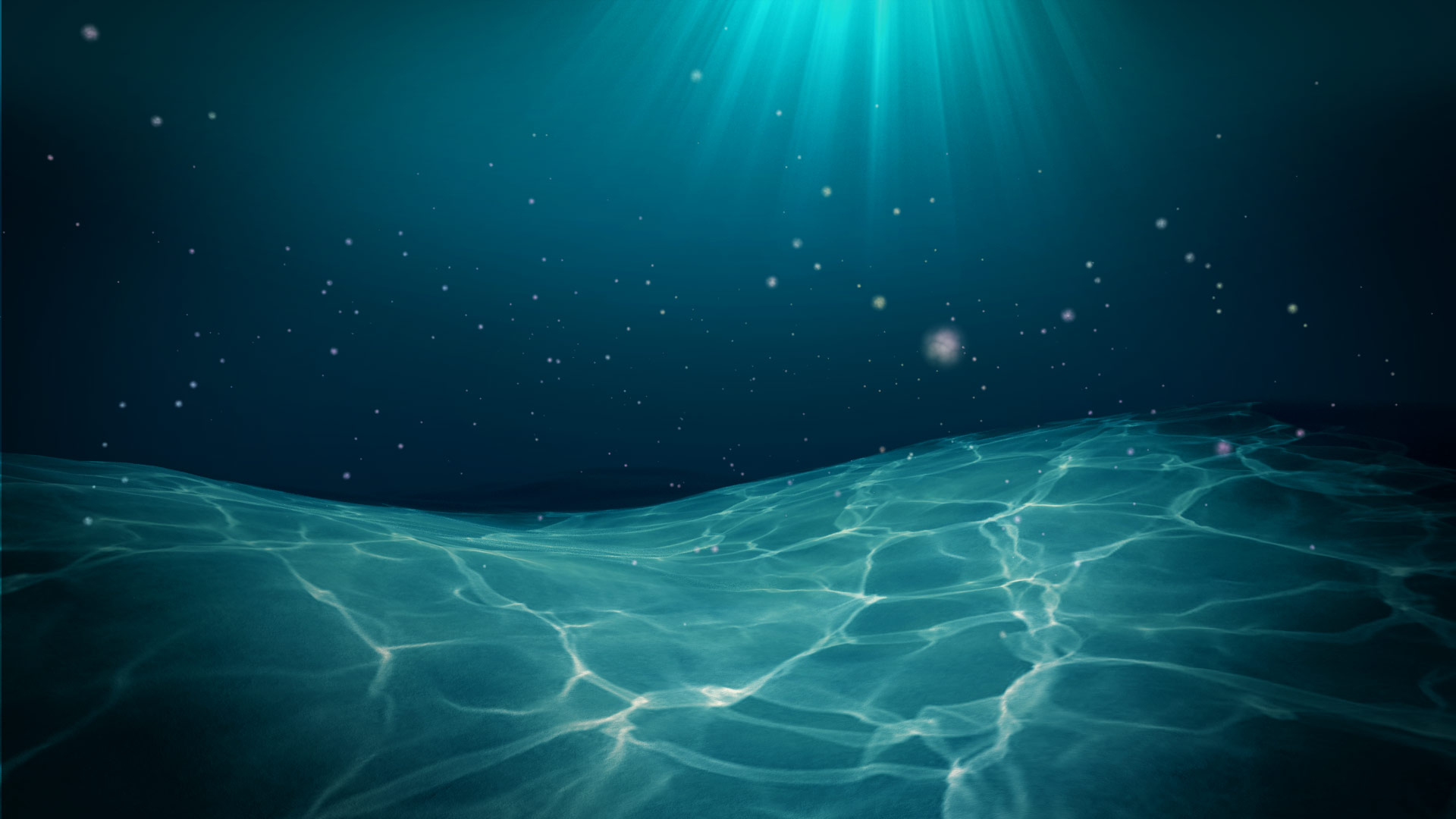
The Great Barrier Reef stretches 2,300 kilometers down the eastern coast of Australia. Covering an incredible 344,400 square kilometers, an area the size of Italy, it is more than twice the size of the next largest coral reef. With over 1500 species of fish, 600 coral species and 30 different whale and dolphin species, it is one of the most biodiverse and complex ecosystems on the planet. In this chapter, we'll investigate what it is that makes The Great Barrier Reef such a special place, how far some animals are prepared to travel to get here, and some of the surprising ways animals navigate their way through this beautiful world.

Those humble reef builders - coral polyps - lay the foundations for an ecosystem so diverse, it supports a dazzling range of marine creatures, from tiny plankton to huge whales. But there is one animal living here with an ability shared by no other creature on the planet…


Finding home — the Clown Fish story

The Great Barrier Reef is one of the most crowded ecosystems on the planet, survival here takes great innovation and sometimes, collaboration. To get on in this competitive world, Clownfish have formed a special symbiotic relationship with a surprising animal; a sea anemone. For the clownfish and the anemone, cooperation is the key to their success.
Most fish avoid anemones. Their harmless looking tentacles are actually packed with stinging cells called nematocysts that will inject a painful toxin into any creature that ventures too close. But a protective layer of mucus gives the Clownfish immunity to the toxins. They can then live within this venomous haven, safe from predators. By way of payment, the clown fish eat the anemone's parasites and scraps of leftover food, keeping it clean and healthy in the process.
It's under the protective shield of these venomous tentacles that a female Clownfish really benefits from this partnership; she lays up to a thousand eggs on the rocks beneath her anemone home! After only a week inside the safety of their egg cases, the young are ready to emerge. They hatch only at night, and once the little larvae are set free they're on their own, spending the first weeks of their life developing in the open ocean before embarking on an epic journey to return home.
But after drifting so far out to sea, how do the young clownfish find their way home?
It's the sound. All that noise on the reef is useful to the Clownfish trying to find their way back to the reef from the open ocean. Fish and invertebrates produce a unique soundscape of clicks, snaps and grunts simply by carrying out their daily duties. Where there is less biodiversity there are fewer clicks and chirps echoing from the reef, its sound is much quieter.
Clownfish, who always start out their lives as males, use these different sounds to their advantage; to find a new home from the open ocean they homes in on the healthier sounds and avoids reefs that sound like they contain too many natural predators. Clownfish rely on this sound to find their way back to the reef after spending their first few weeks out in the open ocean.
Finding a healthy sounding reef is one thing, but there's another obstacle for Clownfish — climate change. New studies suggest that ocean acidification could be affecting the delicate calcium carbonate structure inside the inner ears of Clownfish, making it harder for them to hear or identify healthy reefs, making it even more difficult to for nemo to find his way home.
New studies are also looking into the effects of Ocean Acidification on Clown Fish navigation as new evidence suggests this might be affecting the delicate calcium carbonate structure within the inner ear, making it even more difficult for Clown Fish to find their way home.
We're finding that changes in ocean chemistry are having surprising and worrying affects on the sensory abilities and behaviour of these iconic animals.
Dr. Steve Simpson, Marine Biologist
By ensuring reefs are healthy this will support the rich diversity that gives the Clown Fish the rich soundscape it needs to locate the Reef and by reducing CO2 emissions and reversing the effects of Ocean Acidification, their delicate inner ears can still help it navigate we can ensure that the Clown Fish can find their way home.
For clownfish, their first journey back to the reef is the adventure of a lifetime, but it is dwarfed by the lengths some creatures are prepared to go in order to reach this wonder of the natural world.

To see the films on the website, visit our YouTube channel
Explore the Reef